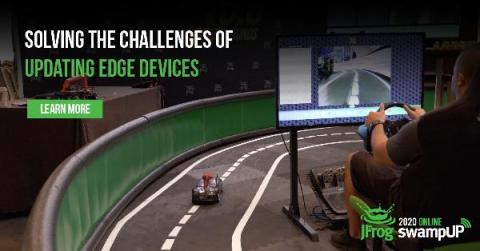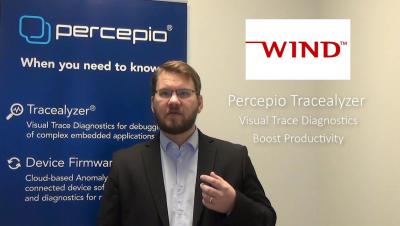Updates for the Edge - From Hours to Minutes - Sneak Preview
My name is Kat Cosgrove, and I’m a Developer Advocate at JFrog. Before that, I was an engineer on JFrog’s IoT team. Our goal is to bring DevOps to the edge, because it shouldn’t be as difficult to update these kinds of devices as it currently is. In pursuit of this goal, we found a lot of interesting solutions that we could bring into a CI/CD pipeline for embedded Linux devices, and eventually built a rather flashy proof of concept that put several of these solutions on display.











